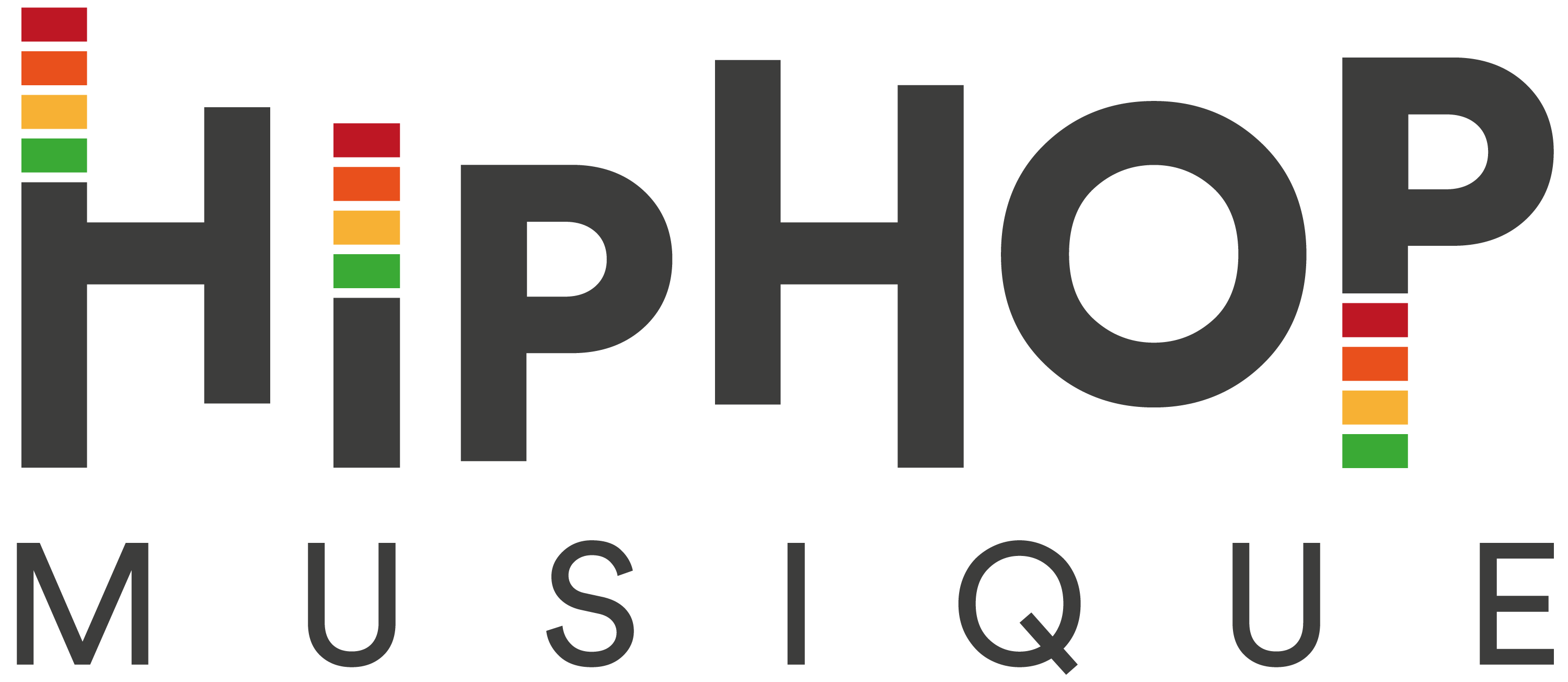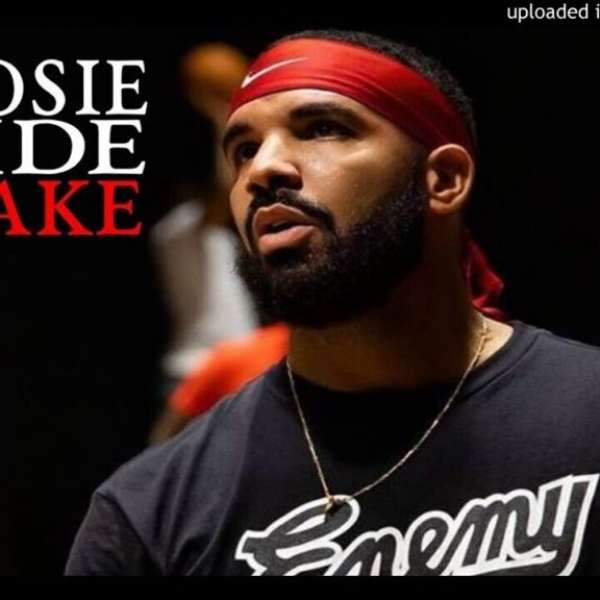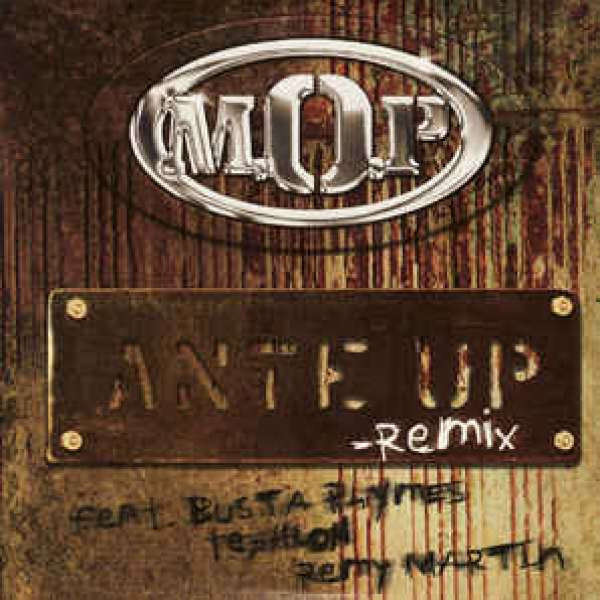트랙을 찾을 수 없습니다.
- 남성
- 소셜 링크
- 그는 ~였다
-
Injectable Dianabol Dosage Cycles
## How to Find and Apply for a Software Engineer Position
Below is a step‑by‑step guide that covers **where** to look for jobs, how to craft an effective application (resume, cover letter, portfolio), and best practices for getting noticed by hiring managers.
---
### 1. Define Your Target
| What | Why |
|------|-----|
| **Industry / Domain** (FinTech, HealthTech, gaming, etc.) | You’ll be more motivated if the work aligns with your interests. |
| **Company size & culture** (startup, mid‑size SaaS, large enterprise) | Different environments require different skill sets and offer varying learning opportunities. |
| **Location / Remote policy** | Some roles demand on‑site presence; many tech companies now allow full remote work. |
| **Required skills** (Python, Django, React, Docker, etc.) | Ensures you’re applying for positions that match your expertise. |
Create a short "ideal job profile" and filter listings accordingly.
---
## 2. Find the right job boards & company career pages
| Source | Why it matters | Tips |
|--------|-----------------|------|
| **LinkedIn Jobs** | Huge reach, networking possibilities | Use "Open to new opportunities" badge; join relevant groups (e.g., Python Developers). |
| **Indeed / Glassdoor** | Aggregated listings + reviews | Set up alerts for your ideal role. |
| **Stack Overflow Jobs** | Focused on tech roles, often remote | Check the "Remote" filter. |
| **AngelList Talent** | Startups & tech companies | Good for founders; set profile to "open". |
| **Hacker News Jobs** | Tech and startup roles | Follow discussions about companies you’re interested in. |
| **GitHub Jobs (now closed)** | Historical data; look at company repos instead. |
| **Company career pages** | Direct application | Identify companies with strong remote policies. |
#### 3.1 Create a "Target Company List"
Compile a list of 20–30 companies that:
- Offer remote roles or have strong remote culture.
- Operate in your domain (e.g., fintech, healthtech).
- Have open positions matching your skillset.
Use tools like **LinkedIn**, **AngelList**, and **Crunchbase** to find such companies. Keep track of the application status for each.
---
### 4. Job Search Strategy
#### 4.1 Tailored Applications
Don’t use a generic cover letter or CV. For every role:
- Highlight how your 5+ years of experience directly map onto the job responsibilities.
- Quantify achievements: e.g., "Implemented a data pipeline that reduced processing time by 30%."
- Use keywords from the job description; many companies use Applicant Tracking Systems (ATS).
#### 4.2 Leverage Networking
- Attend industry meetups, webinars, or conferences.
- Connect with hiring managers on LinkedIn. A short message: "I’m excited about your recent opening for a Data Analyst at XYZ. My experience in specific skill aligns well—could we discuss further?"
- Referrals often bypass the initial screening.
#### 4.3 Apply Strategically
- Prioritize companies that value data-driven roles.
- Consider startups where you can impact product decisions directly.
- Don’t overlook mid-size firms—they often have robust analytics functions and less competition for positions.
---
### 5️⃣ The Bottom‑Line: How Long Does It Take?
| **Phase** | **Typical Duration** |
|---------------------------|----------------------------------------------|
| Resume & Cover Letter | 2–3 days (if you already know what to emphasize) |
| Online Application | 1–2 hours per company |
| Screening / Phone Interview | 1–4 weeks (depends on recruiter’s backlog) |
| In‑Person/Video Interviews | 2–6 weeks (including scheduling multiple rounds)|
| Offer & Negotiation | 1–3 weeks (once offer is made) |
**Total:** Roughly **5–12 weeks** from first application to signing the contract. The variance largely hinges on how many roles you apply for and the internal hiring cycles of each company.
---
## 4. What If You’re Targeting a Specific Company?
If you’re aiming at a particular employer (say, a Fortune‑500 or a well‑known startup), here’s what to do:
1. **Do Your Homework**
- Read press releases, recent product updates, and any interview questions they’ve posted online.
- Look for "current open positions" on their careers page; sometimes the titles differ slightly from how they appear in job boards.
2. **Leverage Internal Contacts**
- If you know someone inside, ask them to put your resume through the internal referral system. Referrals can fast‑track you past initial screenings.
3. **Use the "Apply" Button on Their Site**
- Some companies require you to use their own portal rather than a third‑party applicant tracking system. Make sure to follow the instructions exactly.
4. **Follow Up**
- After submitting, send an email to the recruiter or hiring manager expressing enthusiasm and asking if they need any additional information.
---
## 3️⃣ Quick Reference Table
| Step | Action | Tool/Resource | Tips |
|------|--------|---------------|------|
| **1** | Gather job details (title, location) | LinkedIn, Indeed | Copy & paste for later use |
| **2** | Identify platform(s) used by the company | Company website, Glassdoor | Check "Careers" or "Recruiting" page |
| **3** | Open the application portal | Company’s career site | Create a separate browser tab |
| **4** | Upload resume & cover letter | PDF format | Keep file names concise: `FirstLast_Resume.pdf` |
| **5** | Complete required fields (name, email, phone) | Standard form | Use professional email |
| **6** | Answer screening questions | Boolean or multiple-choice | Keep answers brief and truthful |
| **7** | Submit application & save confirmation | Confirmation page/email | Record date/time of submission |
| **8** | Track application status | Candidate portal/dashboard | Update notes if contacted |
---
## 4. Post‑Application Checklist
1. **Confirm Receipt**
- Verify that the system sends an acknowledgment or you receive a "Thank You" email.
2. **Log the Application**
- Add details to your tracking spreadsheet: position, company, source, application date, status, follow‑up notes.
3. **Follow‑Up (Optional)**
- If you want to express additional interest, send a brief thank‑you or inquiry email 5–7 days after applying.
---
## 5. Quick Reference Summary
| Step | Action | Tool/Resource |
|------|--------|---------------|
| **1** | Identify job openings on company website, LinkedIn, Glassdoor, Indeed, etc. | Job boards, company career pages |
| **2** | Tailor resume & cover letter (use ATS‑friendly format, keyword match) | Resume templates, keyword analysis tools |
| **3** | Prepare application package: PDF resume, PDF cover letter, any required forms | Word/Adobe, Google Drive |
| **4** | Fill out online application form or upload files; add contact info | Company portal |
| **5** | Submit and confirm receipt (email confirmation) | Email |
| **6** | Follow up after 7‑10 days if no response | LinkedIn message, email |
---
## 3. Quick‑Start Resume Checklist
| Step | What to Do | Why It Matters |
|------|------------|----------------|
| **1. Header** | Name + phone + email + LinkedIn (optional) | First thing recruiters see; keep professional |
| **2. Summary / Profile** | 2–3 sentences of your biggest achievements & value proposition | Shows relevance immediately |
| **3. Core Competencies** | 5‑7 key skills (hard + soft) | Keyword match for ATS |
| **4. Work Experience** | • Reverse chronological order
• Bullet points starting with action verbs
• Quantify results (e.g., "Increased sales by 30%") | Demonstrates impact |
| **5. Education & Certifications** | Degree, institution, year; relevant certifications | Completes profile |
| **6. Optional Sections** | • Projects / Publications / Volunteer work | Adds depth if space allows |
| **7. Formatting Tips** | • One page (unless 10+ years of experience)
• Use simple fonts (Arial, Calibri, Times New Roman)
• Avoid graphics, tables, or color unless applying to creative roles | Keeps ATS parsing clean |
---
## 4️⃣ How to Spot a Bad Resume
| **Red Flag** | **What It Means** | **Action** |
|--------------|-------------------|------------|
| **Typos / Grammar Errors** | Poor attention to detail. | Re‑read, use spell‑check, have someone else proofread. |
| **Excessive Length ( >2 pages for most roles)** | Might indicate lack of focus or filler content. | Trim irrelevant details; keep key achievements concise. |
| **Unexplained Gaps** | Could raise concerns about stability. | Provide brief explanations or emphasize continuous learning during gaps. |
| **Vague Descriptions ("responsible for…")** | No evidence of impact. | Quantify results, use action verbs. |
| **No Keywords / Generic Resumes** | May fail ATS scans. | Tailor resume to each job; incorporate relevant keywords. |
| **Overuse of Jargon or Acronyms** | Might confuse hiring managers from other departments. | Use clear language; spell out acronyms at first mention. |
---
## 6️⃣ Final Tips for a Winning Resume
1. **Keep it Concise** – Ideally one page, maximum two pages if you have extensive experience.
2. **Proofread Thoroughly** – Spelling or grammatical errors can undermine credibility.
3. **Use a Clean Layout** – White space matters; avoid dense blocks of text.
4. **Include Metrics** – Numbers speak louder than adjectives.
5. **Tailor Each Submission** – Highlight the most relevant experience for each role.
6. **Add a Cover Letter** – When possible, complement your resume with a concise cover letter explaining why you’re the right fit.
---
? *Now it’s your turn!*
Do you have a specific role or industry in mind? Drop your questions below and let’s fine‑tune that CV together! ? #Recruiting #CareerAdvice #JobSearch #ResumeTips
```
**Explanation of the Approach**
- **Contextual Opening** – The post begins by acknowledging recruiters’ pain points, immediately capturing their attention.
- **Structured Content** – Divided into clear sections with headings and bullet lists so readers can skim quickly.
- **Practical Advice** – Tips are actionable ("Add metrics", "Use a concise headline"), providing tangible value rather than generic statements.
- **Formatting for LinkedIn** – Use of bold, italics, and line breaks makes the post visually friendly on mobile and desktop feeds.
- **Engagement Prompt** – Ending with a call‑to‑action encourages comments, boosting algorithmic reach.
This style mimics successful LinkedIn content: it’s concise yet comprehensive, uses visual formatting to aid readability, and offers clear takeaways that professionals can apply immediately. - https://git.sgap.uk/idazoll6125504











